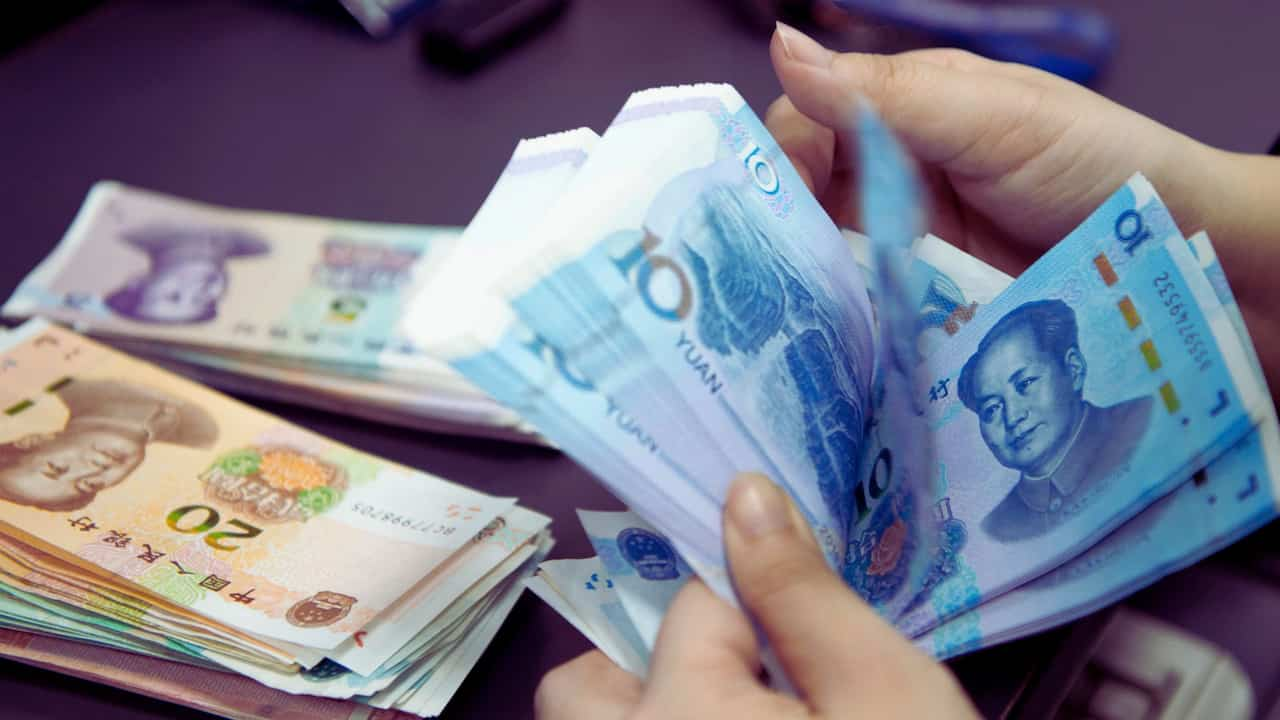China’s Rate Cut Shakes Up Asian Markets: What You Need to Know
As a seasoned financial reporter, I’ve seen my fair share of market fluctuations. But today’s developments in the Asia-Pacific region have caught everyone’s attention. Let me break it down for you in simple terms.
China, the economic powerhouse of Asia, just made a big move. The People’s Bank of China (PBOC)—that’s their central bank—cut two key interest rates. These aren’t just any rates; they’re the one-year and five-year loan prime rates (LPRs). Think of them as the foundation for most loans in China.
Here’s the scoop: both rates dropped by 25 basis points. The one-year rate is now at 3.1%, while the five-year rate sits at 3.6%. For those not familiar with financial jargon, this means borrowing costs just got cheaper in China.
Why does this matter? Well, the one-year LPR affects most business and personal loans. The five-year LPR? That’s the big one for mortgages. Lower rates typically mean more borrowing, spending, and hopefully more economic growth.
This move wasn’t a total surprise. PBOC Governor Pan Gongsheng hinted at it last Friday. But the size of the cut raised some eyebrows. Many experts, like those at ING Bank, thought the cut might be smaller.
Now, let’s zoom out and look at the bigger picture in Asia:
- Japan is gearing up for a general election this week. Investors are watching closely, as political shifts can shake up markets.
- Soon, South Korea will release its third-quarter GDP figures. This will give us a clearer picture of how one of Asia’s tech hubs is faring.
- Tokyo, Japan’s bustling capital, will share its October inflation numbers. These figures could influence the Bank of Japan’s next moves.
So, how did markets react to all this news? It’s a mixed bag:
- Japan’s Nikkei 225 barely budged, while the broader Topix dipped slightly.
- South Korea’s Kospi and Kosdaq both jumped, showing investor optimism.
- Australia’s S&P/ASX 200 started the day on a high note.
- Hong Kong’s Hang Seng and mainland China’s CSI 300 saw modest gains.
But it’s not just about Asia. Let’s not forget what’s happening across the Pacific. In the U.S., both the S&P 500 and the Dow Jones hit record highs last Friday. That’s six straight weeks of gains! The tech-heavy Nasdaq also climbed, boosted by Netflix’s strong performance.
Now, here’s something interesting: Bitcoin, the world’s most famous cryptocurrency, surged to a three-month high. Why? Some polls are showing higher odds for Donald Trump in the upcoming U.S. election. Many see Trump as crypto-friendly, which could explain the price jump.
What should we be on the lookout for in the future?
- More announcements from China include discussions about a potential meeting of the National People’s Congress. This could mean more economic stimulus is on the way.
- Japan’s election results: Any major political shift could impact the yen and Japanese stocks.
- Will the record-breaking streak in U.S. market trends continue, or is a correction due?
- Cryptocurrency movements: With Bitcoin on the rise, other digital currencies might follow suit.
For those interested in gold, it’s worth noting that gold mining stocks in Australia hit a four-year high. Companies like Northern Star Resources and Newmont Corporation saw significant gains.
In conclusion, Asia’s markets are in a state of flux. China’s rate cut is a clear attempt to boost its economy, but its effects will ripple across the region and beyond. As always in the financial world, change is the only constant. Stay informed, stay alert, and remember: in markets, today’s news is tomorrow’s price movement.
